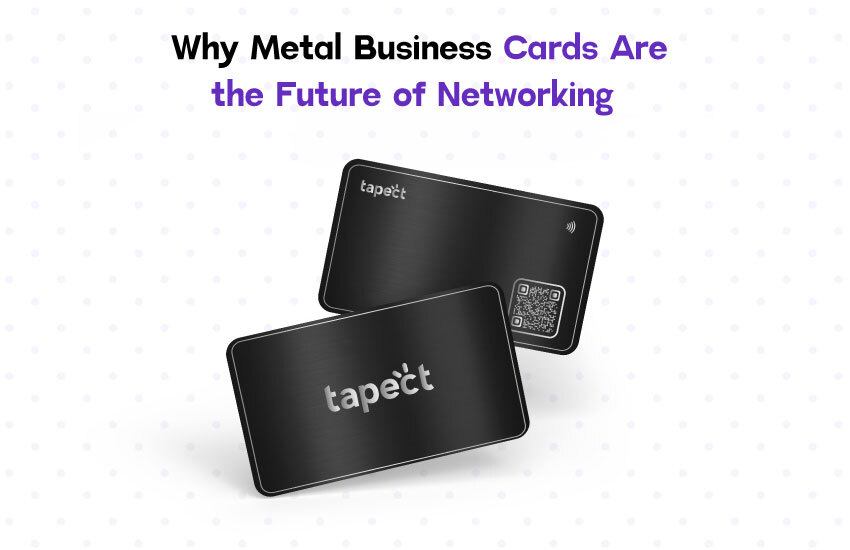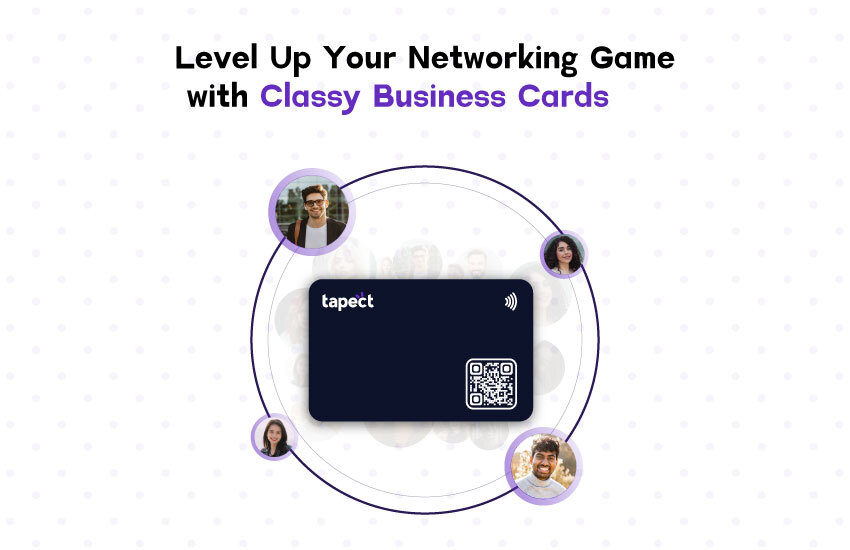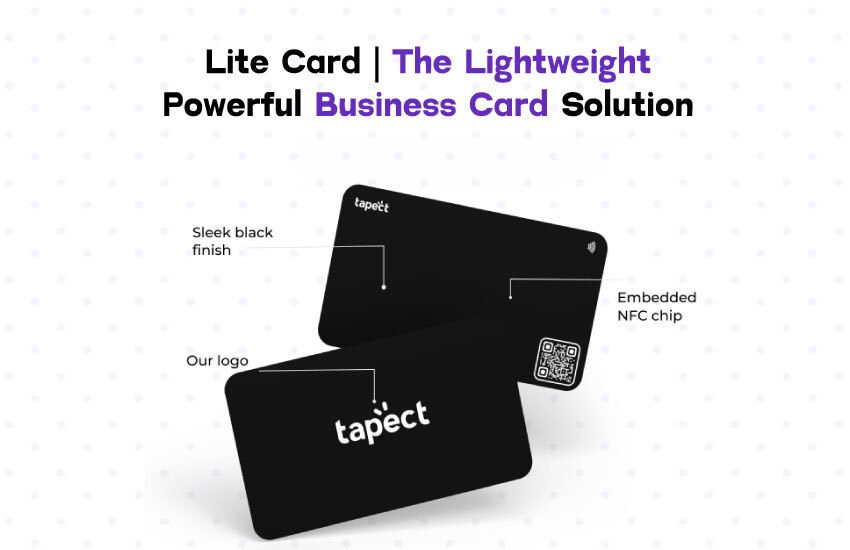Making a standout introduction has become an art in a world where first impressions can open doors or close them. Business cards, the traditional tool for exchanging contact details, are evolving as technology and design trends advance. Enter the metal business card—a sleek, sophisticated, and durable upgrade from the old paper cards. In this article, we’ll explore why metal business cards are more than just a trend; they’re the future of networking
Table of Contents
The Impact of First Impressions
Picture this: you’re at a bustling networking event, meeting potential clients and partners. The conversation is flowing, and it’s time to swap business cards. While others hand over their typical paper cards, you present a beautifully crafted metal card. The immediate reaction is one of awe and curiosity. Your card doesn’t just stand out—it makes a statement, just like you do.
Metal business cards have a remarkable ability to capture attention. Their solid weight, unique texture, and sleek finish give them a premium feel that paper cards simply can’t match. This instant impact is invaluable in a competitive field where making a memorable impression can set you apart from the rest.
Durability That Speaks for Itself
Paper business cards, despite their practicality, often suffer from wear and tear. They can get bent, torn, or end up forgotten in a drawer. Metal business cards, however, are built to endure. Crafted from materials like stainless steel, aluminum, or brass, they are resilient to damage, ensuring your contact details remain intact and visible.
This durability reflects positively on your brand. It suggests that you value quality and longevity—qualities that are crucial in any professional relationship. When you give someone a metal business card, you’re not just sharing your contact information; you’re showing that you’re serious about your business and committed to excellence.
A Canvas for Creativity
One of the most exciting features of metal business cards is their design flexibility. Unlike traditional paper cards, which are constrained by printing techniques, metal cards offer virtually limitless design possibilities. You can choose from various finishes like brushed, polished, or matte to align with your brand’s aesthetic.
Metal cards also allow for intricate designs and unique features that are simply impossible with paper. Imagine laser-cut patterns, engraved logos, or custom shapes that truly reflect your brand’s personality. This level of customization means your card isn’t just a contact detail—it’s a tangible expression of your brand’s identity.
An Eco-Friendly Choice
Sustainability is becoming increasingly important in today’s world. People and businesses are more aware of their environmental impact, and this extends to the products they use. While metal business cards might be more resource-intensive to produce than paper ones, they offer a more sustainable option in the long run.
Their longevity means fewer cards are needed over time, reducing waste. Many metal cards are made from recycled materials and can be recycled again. By choosing metal business cards, you’re not only investing in a product that lasts but also making a responsible choice for the environment. This commitment to sustainability can enhance your brand’s appeal to eco-conscious clients and partners.
The Wow Factor
Networking is all about creating connections and making a memorable impression. Metal business cards have the “wow factor” that can make you unforgettable. The tactile experience of holding a metal card—its cool, solid feel—is a sensory pleasure that people won’t forget easily.
This “wow factor” also turns into meaningful conversations. When your card stands out, it often piques curiosity and sparks interest, leading to deeper discussions about your business and what makes you unique. It’s a small investment that can yield significant returns in networking success.
Reflecting Modern Professionalism
In an age where digital interactions are common, high-quality physical items are increasingly valued. Metal business cards bridge the gap between the digital and physical worlds, blending modern aesthetics with traditional professionalism. They show that you’re not only keeping up with current trends but also maintaining a timeless sense of class.
Moreover, metal cards often come with modern tech features like NFC (Near Field Communication) chips. These chips can store digital information, such as links to your website or contact details, which can be accessed with a quick tap of a smartphone. This fusion of physical and digital elements highlights your forward-thinking approach and technological savvy.
Cost and Value Considerations
While metal business cards are more expensive than their paper counterparts, the value they provide far exceeds the cost. The initial investment is offset by their durability, uniqueness, and the lasting impression they create. In the competitive world of business, standing out is priceless.
When you factor in the potential return on investment—the new connections made, the conversations sparked, and the memorable impact—you’ll see that metal business cards are a smart choice for professionals serious about their networking. The cost per card is a small price to pay for the long-term benefits of being unforgettable.
Real-Life Success Stories
To illustrate the impact of metal business cards, consider these success stories:
The Tech Innovator: A tech startup founder who attended a major industry conference opted for metal business cards with NFC chips. During the event, his unique cards sparked numerous conversations and led to significant funding for his startup.
The Creative Designer: A freelance graphic designer chose metal business cards with intricate laser-cut designs to showcase her creativity. At a networking mixer, her distinctive cards drew attention and led to several new clients, boosting her business significantly.
Practical Tips for Using Metal Business Cards
To get the most out of your metal business cards, keep these tips in mind:
- Design to Reflect Your Brand: Work with a designer to create a card that matches your brand’s identity and values. Use metal’s unique properties to enhance the design.
- Incorporate Technology: If possible, include an NFC chip or QR code to provide easy access to your digital presence. This can make it easier for recipients to connect with you.
- Be Strategic: Use your metal cards in situations where making a strong impression is crucial, such as at high-profile events or important meetings.
Complement with Paper: Given the cost, consider using metal cards alongside traditional ones for everyday interactions.
Conclusion
As we look ahead, it’s clear that metal business cards are more than just a passing trend. They signify a shift towards quality, durability, and creativity in professional interactions. By investing in metal business cards, you’re not merely handing out contact information—you’re making a bold statement about your brand, your values, and your commitment to excellence. In a world where first impressions matter, metal business cards ensure that yours is truly unforgettable. Embrace the future of networking with metal business cards and watch your professional relationships flourish.






